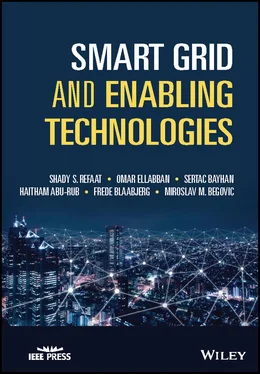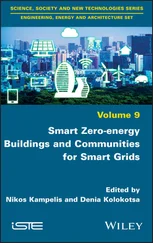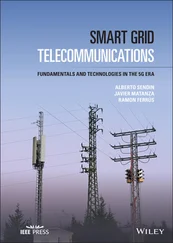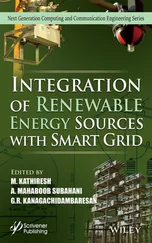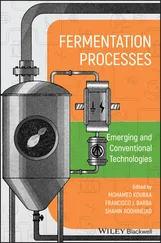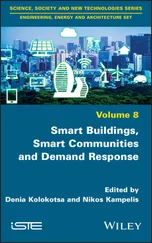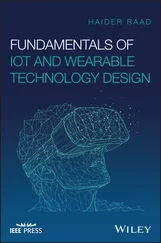Frede Blaabjerg - Smart Grid and Enabling Technologies
Здесь есть возможность читать онлайн «Frede Blaabjerg - Smart Grid and Enabling Technologies» — ознакомительный отрывок электронной книги совершенно бесплатно, а после прочтения отрывка купить полную версию. В некоторых случаях можно слушать аудио, скачать через торрент в формате fb2 и присутствует краткое содержание. Жанр: unrecognised, на английском языке. Описание произведения, (предисловие) а так же отзывы посетителей доступны на портале библиотеки ЛибКат.
- Название:Smart Grid and Enabling Technologies
- Автор:
- Жанр:
- Год:неизвестен
- ISBN:нет данных
- Рейтинг книги:3 / 5. Голосов: 1
-
Избранное:Добавить в избранное
- Отзывы:
-
Ваша оценка:
- 60
- 1
- 2
- 3
- 4
- 5
Smart Grid and Enabling Technologies: краткое содержание, описание и аннотация
Предлагаем к чтению аннотацию, описание, краткое содержание или предисловие (зависит от того, что написал сам автор книги «Smart Grid and Enabling Technologies»). Если вы не нашли необходимую информацию о книге — напишите в комментариях, мы постараемся отыскать её.
Smart Grid and Enabling Technologies
Smart Grid and Enabling Technologies
Smart Grid and Enabling Technologies — читать онлайн ознакомительный отрывок
Ниже представлен текст книги, разбитый по страницам. Система сохранения места последней прочитанной страницы, позволяет с удобством читать онлайн бесплатно книгу «Smart Grid and Enabling Technologies», без необходимости каждый раз заново искать на чём Вы остановились. Поставьте закладку, и сможете в любой момент перейти на страницу, на которой закончили чтение.
Интервал:
Закладка:
1.5.6 Sensors and PMU Units
Sensing and measurement technologies collect data to evaluate and monitor the state operation and equipment health status which support the grid's functionality and higher reliability. Also, this serves customers in improving their electrical usage by giving them information regarding their daily demands. Sensing and measurement technologies include sensors, phasor measurement units, and advanced metering infrastructures (AMI). All this supports a wide‐area monitoring system, time‐of‐use, assets functionality, real‐time pricing, and the system proper operation. A phasor measurement unit is a high‐speed sensor integrated with the power grid to monitor power quality by allowing data to be obtained at certain instants of time. Phasor measurement units can be considered as a health‐meter of the grid as they collect different measurements of voltage, phase, and current to be analyzed. This will help to reduce blackouts and provide a wide‐area situational awareness.

Figure 1.11 Customer engagement demand side management spending by region, 2017–2024 (USD Million).
1.5.7 Smart Meters and Advanced Metering Infrastructure
Smart meters are a two‐way communicator that helps create a bridge between the utilities and the end consumer. In comparison to existing meters, smart meters have included functionalities by using real‐time sensors, power outage notification, and power quality monitoring. Smart meters function digitally and permit automatic and complex transmissions of data between utilities and customers. Sharing information through smart meters can be linked to a Home EMS, which allows the consumers to see it in a comprehensible format which helps them to control their energy usage. To have a safe and reliable grid, various devices and algorithms that allow for rapid diagnosis and analysis should be developed.
AMI includes the implementation of various technologies that allow for a two‐way flow of information, providing consumers and utilities with information on electricity cost and use, including the time and amount of electricity used. AMI gives a wide range of functionalities such as [38]:
1 1) Remote consumer price signals, which can provide time‐of‐use pricing information.
2 2) Collect, store, and report users' energy consumption data for any needed periods.
3 3) Enhance energy diagnostics from detailed load profiles.
4 4) Obtain location and degree of outages remotely.
5 5) Provide the possibility for remote connection and remote disconnection.
6 6) Allow identification of electricity theft and losses.
1.6 Smart Grid Control
The future SG is expected to be a flexible and manageable interconnected network consisting of small‐scale and self‐contained sub‐areas, integrated with the large‐scale electric power grid as the backbone. Utilizing micro sources, such as renewable energy sources and combined heat and power plants, into the SG makes them feed their local loads in an economic and environmentally friendly manner [39]. Therefore, the SG control architecture should therefore be dynamic and multilayer to handle real‐time operation and provide tradeoff between performance and implementation. Advanced control uses high‐speed communication infrastructure, distributed intelligent agents, analytical tools, and operational functionalities. The advanced control systems in the SG monitor the essential components, provide timely response, and enables the detection, prediction, disconnection, and self‐healing of faults in the system.
Hierarchical control systems of the SG are distinguished between multilevel systems and multilayer systems. The multilevel system is based on the cooperation of independent controllers which cooperate to control the trading of the power. The multilayer system is based on individual actions with each controller having its own objective. A multitude of different architectures of the SG exists to realize such integrated systems. They are known as “distributed,” “decentralized,” “local,” or “central.” [40]. If an information exchange exists among the independent controllers, the control architecture is assumed to be distributed as shown in Figure 1.12. The system could be fully or partially distributed, and this is reliant on the condition that the information is shared between all controllers or among a subset of controllers. A decentralized control architecture‐independent controller controls distinct subsystems. In particular, no information is exchanged among them as shown in Figure 1.13. The local architecture restricts the control on a single device or a single facility. The input data should be in existence locally, and no external communication exists as shown in Figure 1.14. In the event that a central operation unit manages all other devices in a system and aggregates and processes all the corresponding information, a central operation architecture is the case as presented in Figure 1.15.
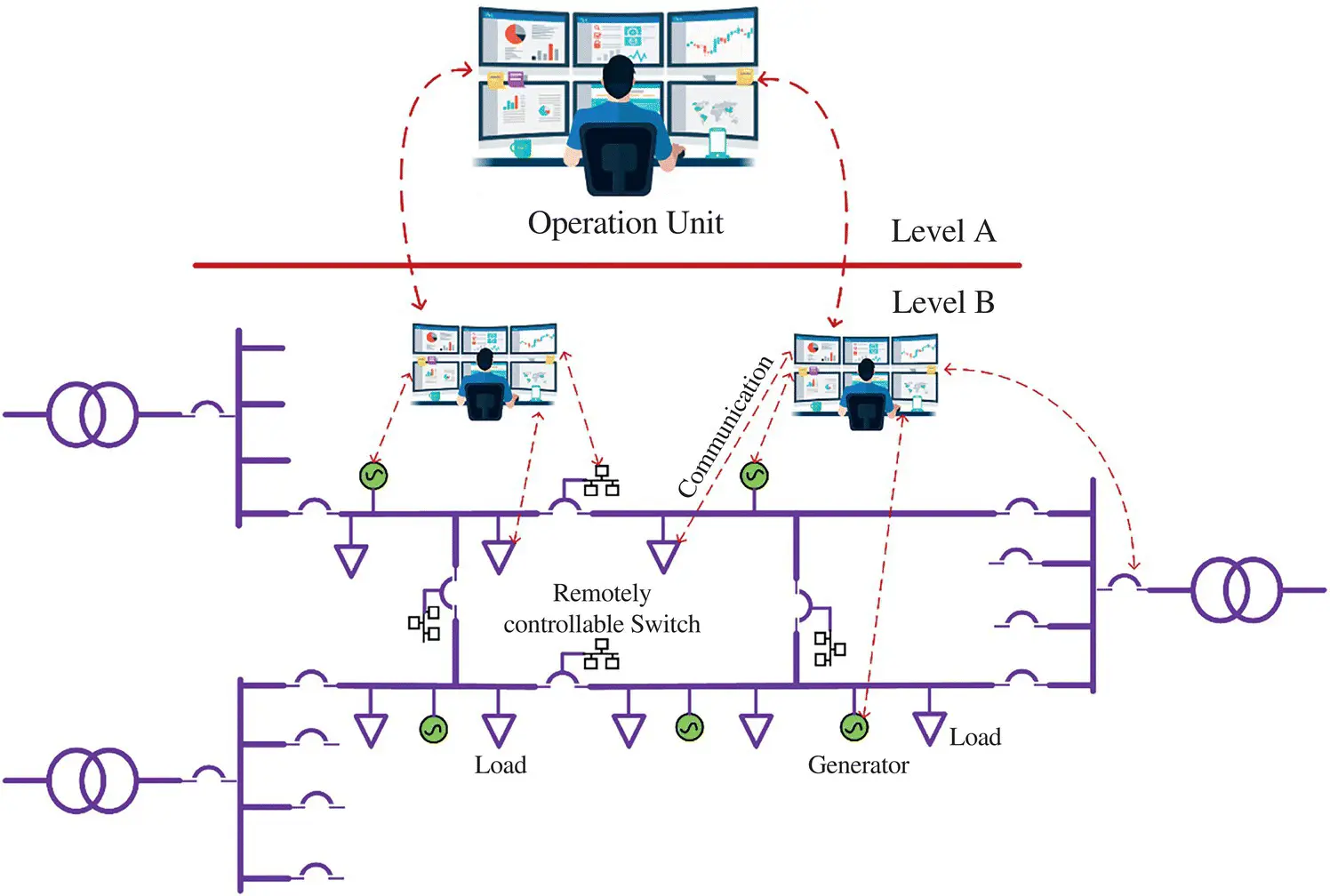
Figure 1.12 Distributed operation architecture with two levels.
1.7 Smart Grid Characteristics
SG implements ground‐breaking products and services together with intelligent monitoring, control, communication, and self‐healing technologies which can be characterized by the following goals and functionalities:
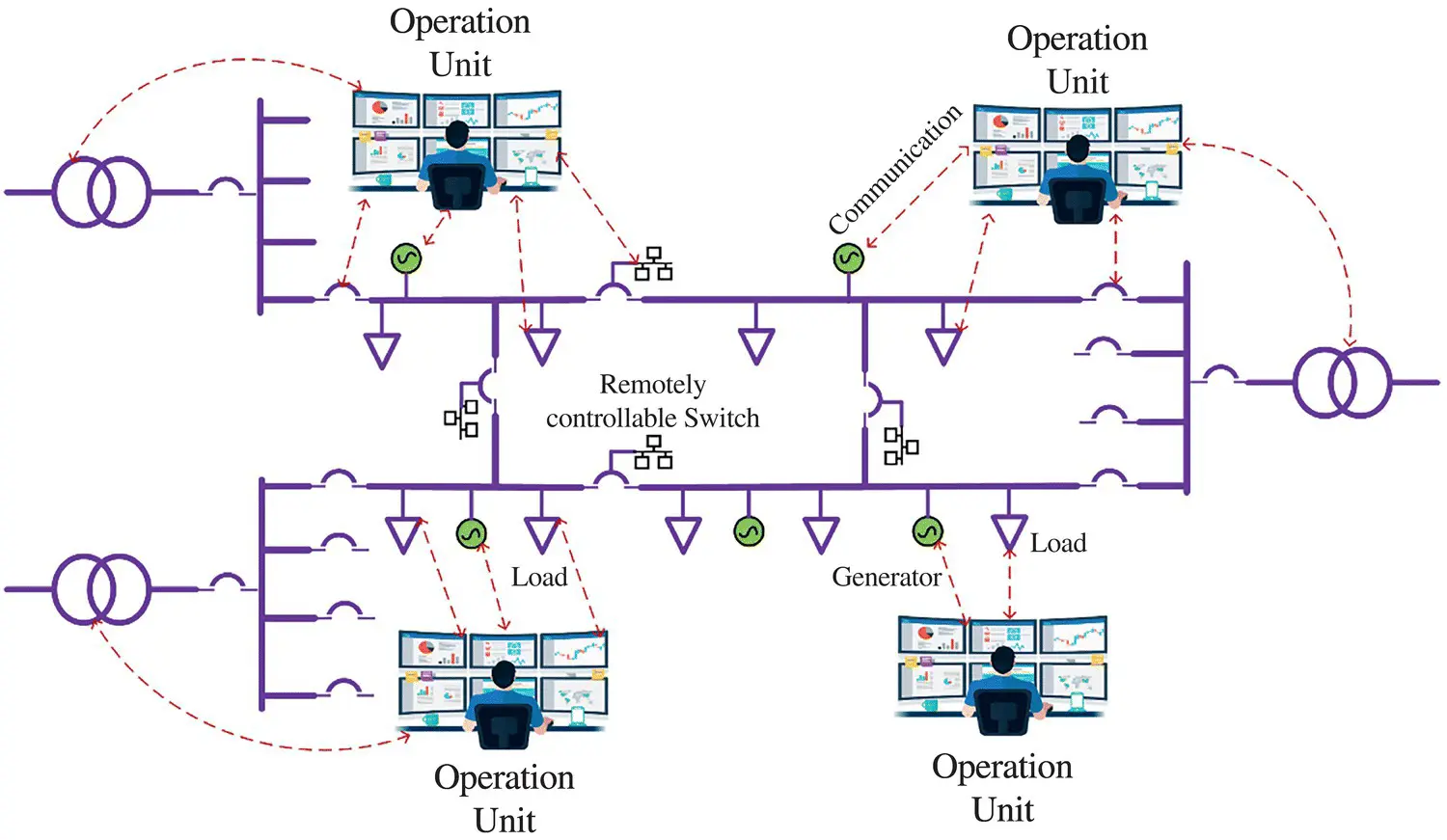
Figure 1.13 Decentralized operation architecture.
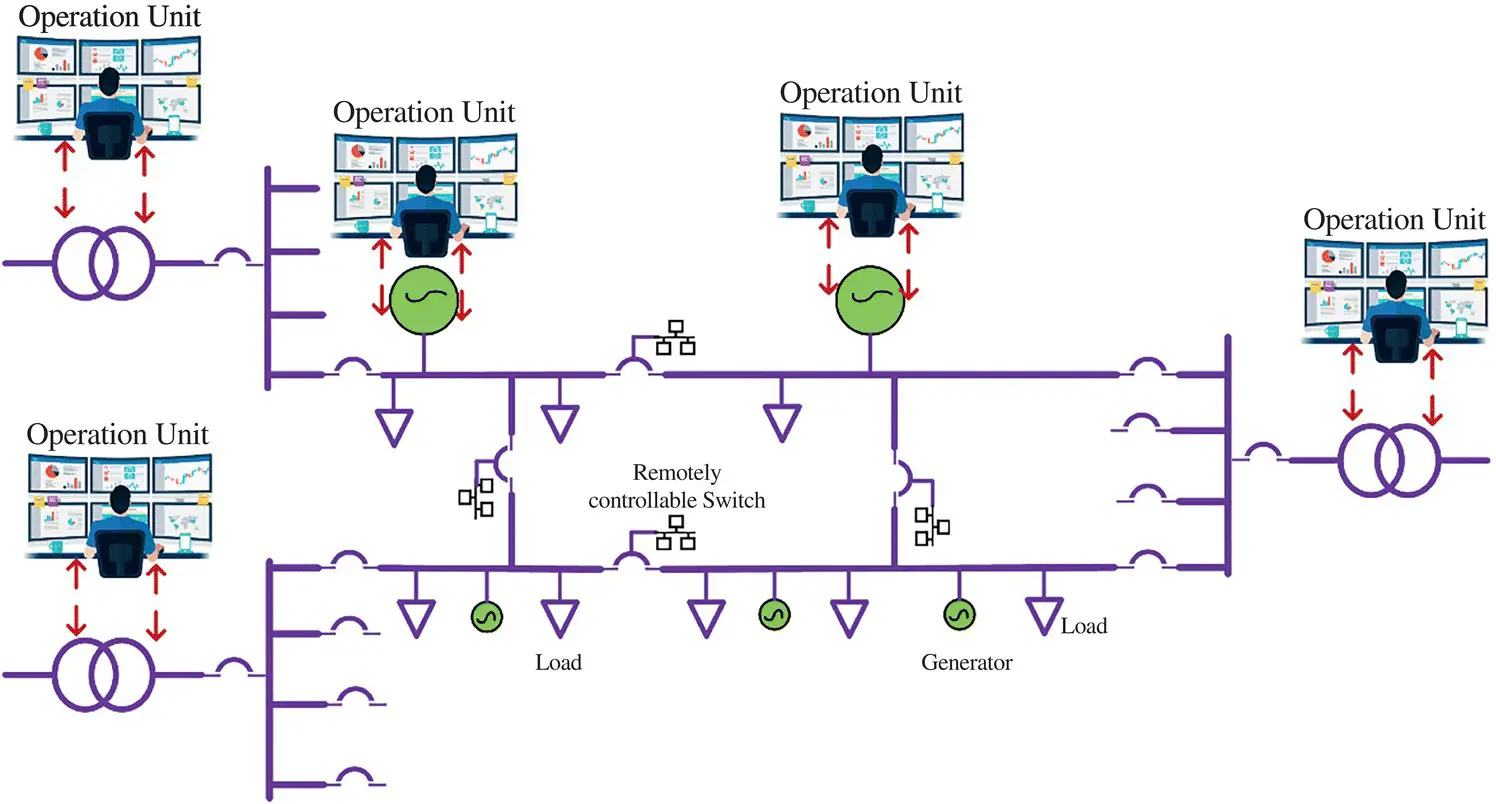
Figure 1.14 Local operation architecture.
1.7.1 Flexibility
SG distribution, transmission, and generation infrastructures allow for bidirectional power flow and are flexible to accommodate various types of generations, storage, loads, and emerging technologies such as electric vehicles (EVs) and mobile storage. SG allows the integration and operation of generators of all sizes and types at different locations [41]. SG accommodates all renewable energy sources and storage options and flexibly responds to differing humanity expectations and innovations, now and for decades to come. The SG paradigm will also be flexible to customers’ active role regardless of the many existing obstacles.

Figure 1.15 Central operation architecture.
The residential sector is not being targeted by many programs in the traditional grid paradigm as it is hard to deal with due to a multitude of factors such as high acquisition costs and limited access to the individuals. However, currently, new smarter devices can be incorporated with a number of residential appliances to respond locally to the price signals in an automated manner. The flexibility of demand creates values for the grid and customers by minimizing customer bills, shifting consumption to lower prices at off‐peak hours, and reducing demand (during peak periods). Flexibility within demand can also help suppliers in some events to defer investments in central generation, distribution, and transmission.
Читать дальшеИнтервал:
Закладка:
Похожие книги на «Smart Grid and Enabling Technologies»
Представляем Вашему вниманию похожие книги на «Smart Grid and Enabling Technologies» списком для выбора. Мы отобрали схожую по названию и смыслу литературу в надежде предоставить читателям больше вариантов отыскать новые, интересные, ещё непрочитанные произведения.
Обсуждение, отзывы о книге «Smart Grid and Enabling Technologies» и просто собственные мнения читателей. Оставьте ваши комментарии, напишите, что Вы думаете о произведении, его смысле или главных героях. Укажите что конкретно понравилось, а что нет, и почему Вы так считаете.
